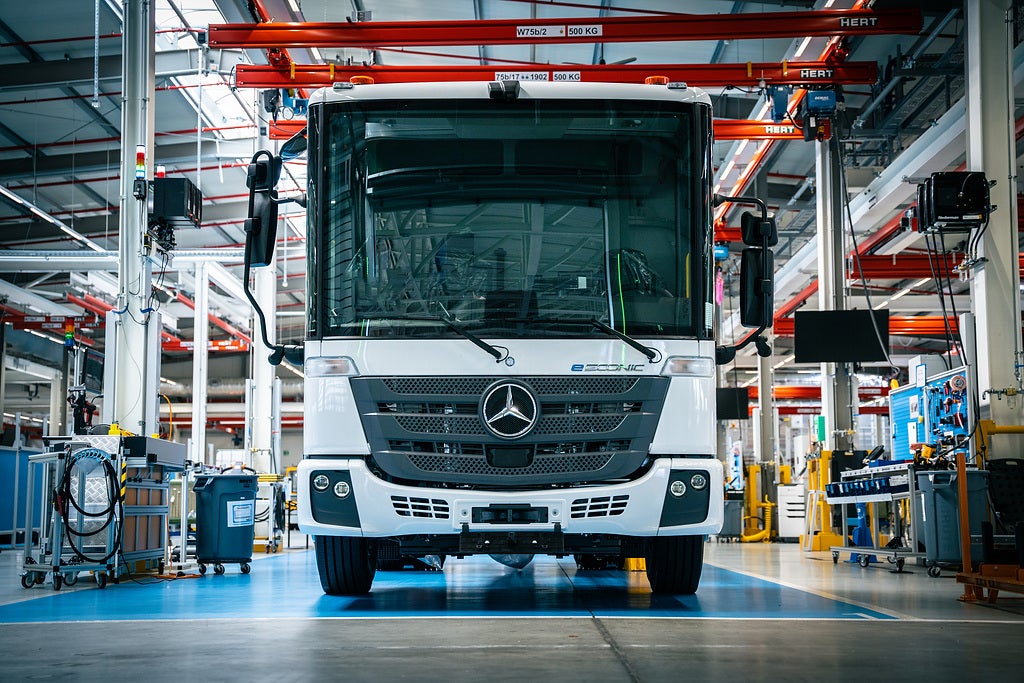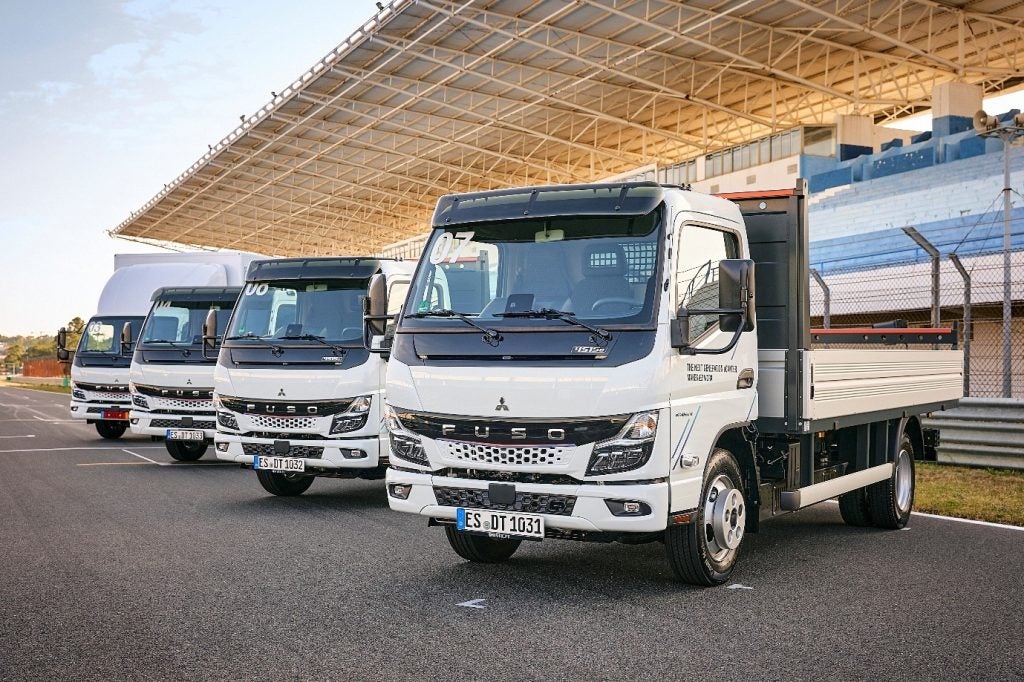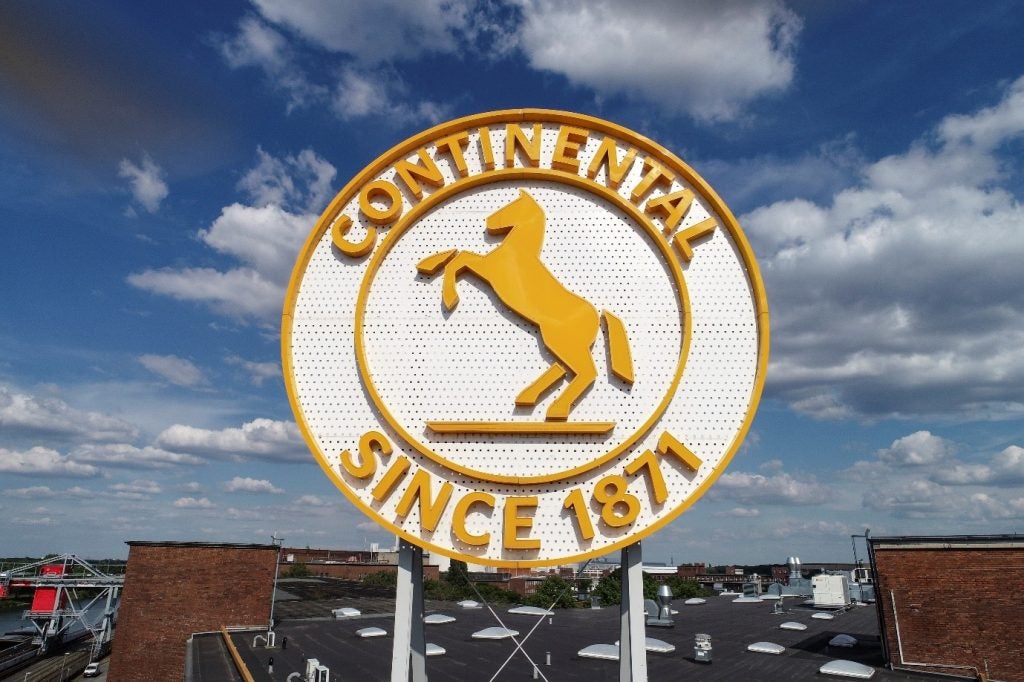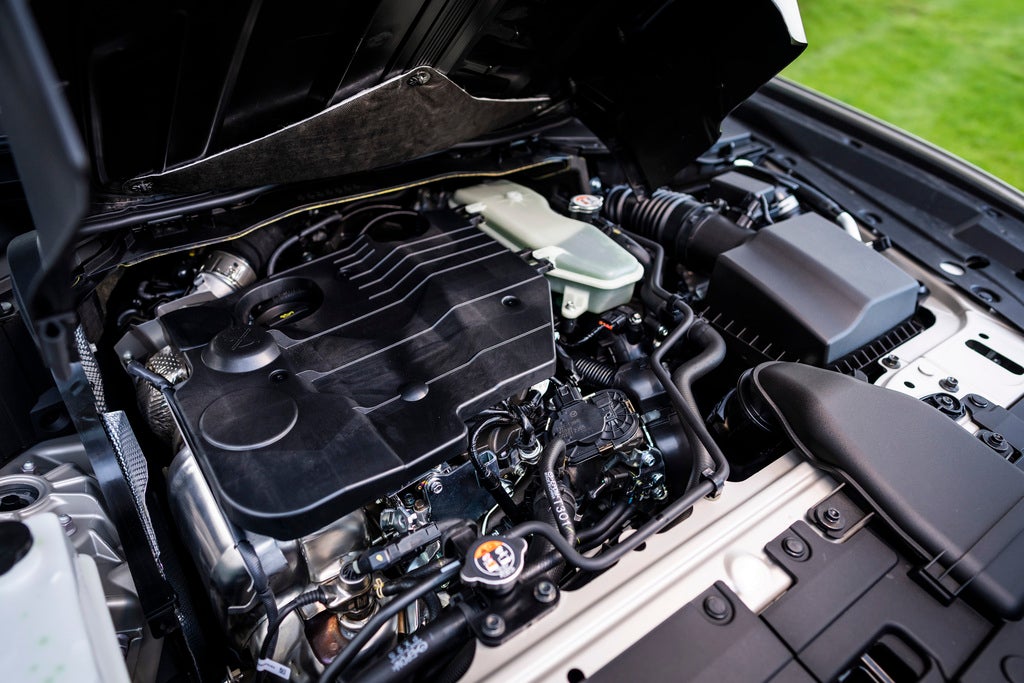When a predicted market downturn of 40 per cent is seen not only as normal, but is also welcomed, one knows that one exists in a strange business. When people can speak – apparently without flinching – of a year-on-year demand contraction in excess of 75 per cent, then that feeling becomes yet more pronounced. And when people can do all of this whilst maintaining a broad smile – then one can only be in America.
That the US truck business is a cyclical place is one of the great truisms. Along with Papal religious choice and the defecatory habits of bears, we know that the American truck buyer is like an on-off switch. In good times he will buy, and in bad times he won’t, and the US truck market cycles 40 per cent either side of the line as a result.
So what’s going on at the moment? The answer is – in terms of people writing cheques for trucks – very little. The reason for this is legislative; January 1st 2007 ushered in the EPA 07 emissions protocol, and the US truck buyer – a conservative beast at best – chose instead to pre-buy ahead of this deadline. EPA 07 compliant trucks boast both added complexity and an expanded price tag. The tried and tested won the day, the market soared during 2006, and then the industry started to hold its breath.
US Tier 1s not at all happy
In order to gauge opinion as to the likely direction of the US truck business during 2007, just-auto canvassed a few people at the recent Mid America Truck Show. The Tier 1 manufacturers are not happy. We spoke to three of them, and they predict a US downturn of 37, 48 and 75 per cent respectively. The OEMs – and we’ve garnered the opinions of five US manufacturers – see the market dipping by 35, 35, 38, 36 and 40 per cent respectively. This gives us an averaged out figure of a 43 per cent drop, and suggests a likely Class 8 market size for 2007 of 182,400 units, down from 320,000 in 2006. This sounds unpleasant, and yet is reflected in capacity cuts now being made by the US based OEMs: Kenworth has just announced a shutdown of its Renton, Washington plant, followed by a 40 per cent cut in output on resumption, and all of the other OEMs have similar policies in place.
Europe looking rather better
If the US looks to be struggling, then whither Europe? A similar emissions protocol shift came into force in October 2006, as Euro 4 became the standard to achieve. Has there been a similar downturn? Rather surprisingly, there hasn’t; indeed, the European market is holding up rather well at present. Figures for February show that new heavy truck registrations in Europe (EU22+EFTA) went up by 11.7 per cent, reaching 21,856 units. The increase was much higher in the new Member States – at 77.2 per cent – but, even so, the old pre-accession EU15 states still saw a 4.4 per cent increase in registrations. Before we get too excited, however, UK registrations fell by 28.4 per cent.
How well do you really know your competitors?
Access the most comprehensive Company Profiles on the market, powered by GlobalData. Save hours of research. Gain competitive edge.

Thank you!
Your download email will arrive shortly
Not ready to buy yet? Download a free sample
We are confident about the unique quality of our Company Profiles. However, we want you to make the most beneficial decision for your business, so we offer a free sample that you can download by submitting the below form
By GlobalDataIn part, this is a function of incentivisation. Many European governments have encouraged the early adoption of the Euro 5 standard – not mandatory before 2009 – and in some countries; notably Germany – such incentivisation has been very tempting. In part, the OEMs have been aided greatly here by the almost universal decision to opt for an after-treatment solution for Euro 4 and 5. Selective Catalytic Reduction is the choice of all but MAN and Scania for Euro 4 and 5; the two dissident OEMs have adopted Exhaust Gas Recirculation – the choice of the US OEMs for EPA 07 compliance – but MAN is still fitting a SCR package in order to offer a Euro 5 solution. SCR offers a marked production advantage here, simply because it is tunable to Euro 5 with little by way of additional OEM on-cost. It has also recently been accepted by the EPA as a control solution for EPA 10 compliance, and forms the basis of Mercedes-Benz’s diesel-powered passenger car push into NAFTA, where it is branded as BlueTec.
However, away from the engineering, it does seem very strange that two different regions, in which a single set of globalised OEMs are competing, and which are both confronted by almost simultaneous legislative shifts, should be reacting so differently.
Macroeconomic forces help to explain divergence
On the one hand, there is near universal acceptance that the US Class 8 heavy truck market will fall by a minimum of 40 per cent this year. Conversely, speaking at the recent AB Volvo shareholder AGM, CEO Leif Johansson indicated that he saw a European market in excess of 300,000 units as a distinct possibility. Given that 2006 – a year in which pre-buying should – and did – occur in Europe – saw sales of 290,00 units, then this seems to be entirely at odds with accepted logic.
It seems that we need to go beyond legislation here. The problem is that it is too easy to forecast truck market movements on the basis of legislative shifts. Peaks precede them and troughs follow soon after. This has happened in 2007 in the NAFTA markets, but not in Europe.
There is good reason to point to Eastern Europe as being one of the key drivers for European truck demand. The 2004 and 2007 accession nations are all out-performing the demand curve, and this has skewed the figures considerably. But, even so, the existing EU15 still showed a 4.4 per cent increase.
We believe that the reason for this is more macro-economic than it is legislative. There now seems to be considerable reason to fear for the US economy; the fiasco that is the sub-prime mortgage business is only the latest indicator that there are fundamental problems within USA Plc that are now only just beginning to emerge. These do not seem likely to go away quickly. Whilst truck sales are a good indicator of economic health, so a drop off in orders is a pretty means of pointing to economic malaise.
But because the US industry has been fixated on a legislative shift, it has – we believe – missed the larger problem. Road transport is a derived demand; if there are no goods to move by truck, then that same truck will not move. Unfortunately, it is too easy to point to EPA 07 as the reason for the downturn; we agree that it certainly a contributory factor, but we are uncertain as to the extent to which it may be blamed.
Boom, bust, boom again…
This in turn has to give grave cause for concern in terms of forecasting an upturn. Many pundits suggest that the US truck market will pick up in 2008, and then boom again during 2009, as another pre-buy spike precedes EPA 10.
Whilst it is true that many US truck operators have delayed their replacement programs, it is also true – we believe – that not all of them will be in business during the EPA 10 run-in. As such, the OEMs that are banking on a boom period prior to EPA 10 may find themselves in receipt of a rude shock.
If Europe’s apparent stability is a cause for comfort today, then the fact that it is a part of a single global industry should give reason for fear tomorrow. The US truck manufacturing business is – with the exception of Paccar and Navistar – owned by European OEMs. The impact of a telescoped bust- partial boom cycle in the US on their finances is difficult to quantify with any precision, but it won’t be good.
The global truck business has undergone a cohort shift over the past few years. It has moved from regional to global, and, in doing so, it has created a new set of challenges. Chief amongst these is gravity. In a global world, we all go up together, and that’s just fine. The problem is the flipside, when we all come down together. That is the point at which the global truck OEMs – and their suppliers – begin to hurt. How badly remains to be seen.
See also: Global market review of truck manufacturing – forecasts to 2011







